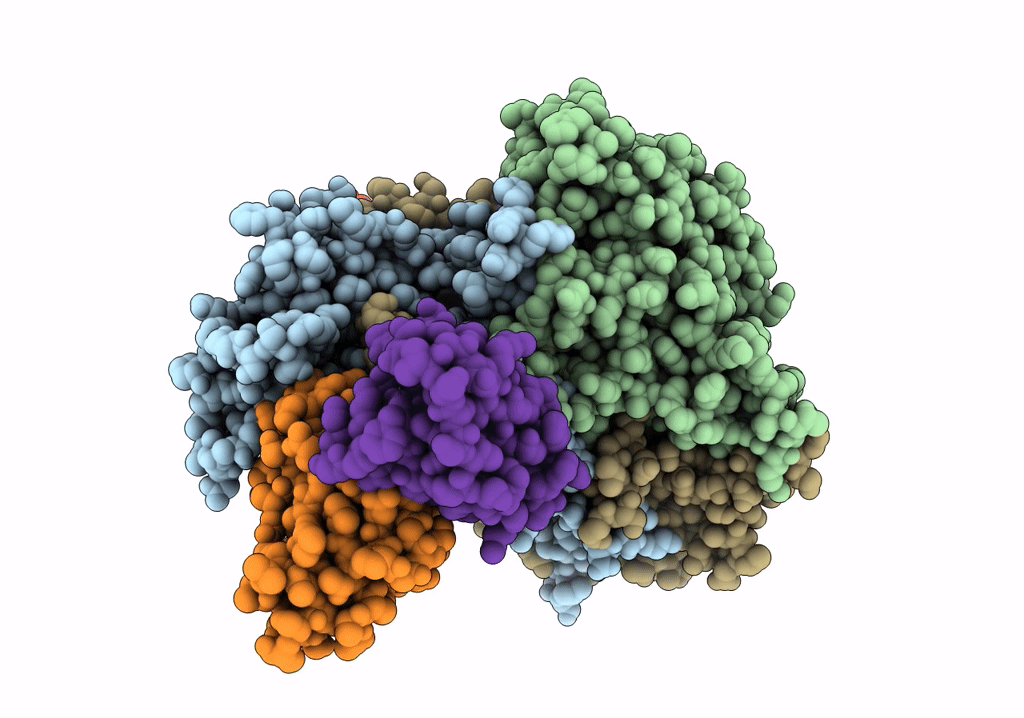
Deposition Date
2020-04-01
Release Date
2020-07-15
Last Version Date
2024-11-13
Entry Detail
PDB ID:
6WDT
Keywords:
Title:
Enterovirus D68 in complex with human monoclonal antibody EV68-228
Biological Source:
Source Organism:
Enterovirus D68 (Taxon ID: 42789)
Homo sapiens (Taxon ID: 9606)
Homo sapiens (Taxon ID: 9606)
Host Organism:
Method Details:
Experimental Method:
Resolution:
3.10 Å
Aggregation State:
PARTICLE
Reconstruction Method:
SINGLE PARTICLE


